These Sultanas Advanced Ottoman Art and Architecture
To celebrate the release of our Ottoman Collection, we want to celebrate a lesser-known facet of the Ottoman Empire-“The Sultanate of Women,” an era of the empire that ushered in new power and influence for ruling women, who played an important part in shaping the culture and architecture of the empire. Another important and recurring part of “The Sultanate of Women” is the advancement of charities and social clinics, such as the construction of clinics, soup kitchens, and public schools.

The Ottoman Empire is one of history's largest and longest lasting empires. For over 600 years, the Ottomans ruled the majority of the Middle East, Eastern Europe, and North Africa. Although the Ottoman Empire was a multi-ethnic, multi-religious empire that spanned three continents, the highest ruling bodies of the empire, the Sultans, governed through laws based on the Quran and the Hadiths, interpreted by Islamic jurists.
Under such laws, Ottoman women were able to participate in the Ottoman legal system, buy and sell property, and inherit wealth–many activities which were unusual for women in Europe until the mid-19th century. Although Ottoman sultans were strictly male, Ottoman women found ways to exert soft power and influence in Ottoman society.

"Ottoman Princess" print from Ottoman Collection. Tap to Shop
Between the mid 16th and 17th centuries, a new phenomenon began to occur in the Ottoman Empire. Historians refer to this era as “The Sultanate of Women.” It marks an era of increased political and social influence for women, who acted as a highly influential, invisible ruling class.
Historians say that “The Sultanate of Women” began with the marriage of Suleiman the Magnificent to Hurreman Sultan (who is also known as Roxelana). Suleiman the Magnificent was the first Sultan to marry. Previous Sultans set a precedent of never marrying, believing that their first and only allegiance should be to their title.
Roxelana
Originally brought to Istanbul as a slave, Roxelana rose through the ranks and eventually became the wife of Suleiman the Magnificent. As a Sultana, she was both a prominent and controversial figure, establishing a higher level of responsibility and influence for Sultanas than at any previous time in the empire’s history. Roxelana was actively involved in caring for state affairs. She wrote diplomatic letters, acted as an advisor to Suleiman, and funded major public works.

The public works patronized by Roxelana advanced Ottoman architecture and culture. Among her major works is th, an Ottoman Imperial Mosque in Istanbul that contained a soup kitchen, madrasa, and a hospital. Another major work of Roxelana is the Hagia Sophia Hurrem Sultan Bathhouse, a large public bath for the religious community near the Hagia Sophia Mosque.
 Hagia Sophia Mosque.
Hagia Sophia Mosque.
Both works are stunning examples of the grandeur of Ottoman-era art and architecture, with large-vaulted ceilings, domed roofs, and intricate details. It was works like these that inspired our Ottoman Collection—a series unique prints that take inspiration from Ottoman-era architecture, and the women that led the way.
Mihrimah Sultana
The daughter of Suleiman the Magnificent and Roxelana, Mihrimah Sultan was an extremely powerful and influential Ottoman Princess, known to be eloquent, intelligent, and well-read. Mihrimah acted as a power broker, diplomat, and advisor for three different Sultans. First, her father Suleiman, her brother Selim II, and her Nephew Murad III.

One of Mihrimah’s major accomplishments was helping the neighboring Republic of Ragusa avoid famine after several hears of bad harvests by supplying them with Ottoman Grain. When two Turkish women were captured by Henry III’s brother-in-law and sold to Italian Noblemen, Mihrimah helped negotiate their freedom.
 "Ertugrul" print from Ottoman collection. Click to Shop
"Ertugrul" print from Ottoman collection. Click to Shop
Like her mother, Mihrimah was responsible for funding a number of charities. Mihrimah built two mosques, both known as the Mihrimah Sultan Mosques in Istanbul. Beyond serving as incredible architectural sites, both Mosques serve, to this day, as public charities. They have soup kitchens, clinics, and primary schools, and libraries.

"Mihrimah Sultan Mosques" in Istanbul.
Mihrimah also funded the repair on Ayn Zubaydah, a well and aqueduct that has supplied fresh drinking water to Mecca for over 1,200 years.

Despite the circumstances and limitations of their time, women like Roxelana, Mihrima, and their successors managed to use their wealth and influence to accomplish great works: providing for the needy, saving lives, and creating architecture and art that is still at the centre of Ottoman history today.

"Halime Hatun" print from Ottoman Collection. Click to see the whole collection
To see designs inspired by great works like these, check out our Ottoman Collection- an exploration of Ottoman art, culture, and architecture across the empire’s history.










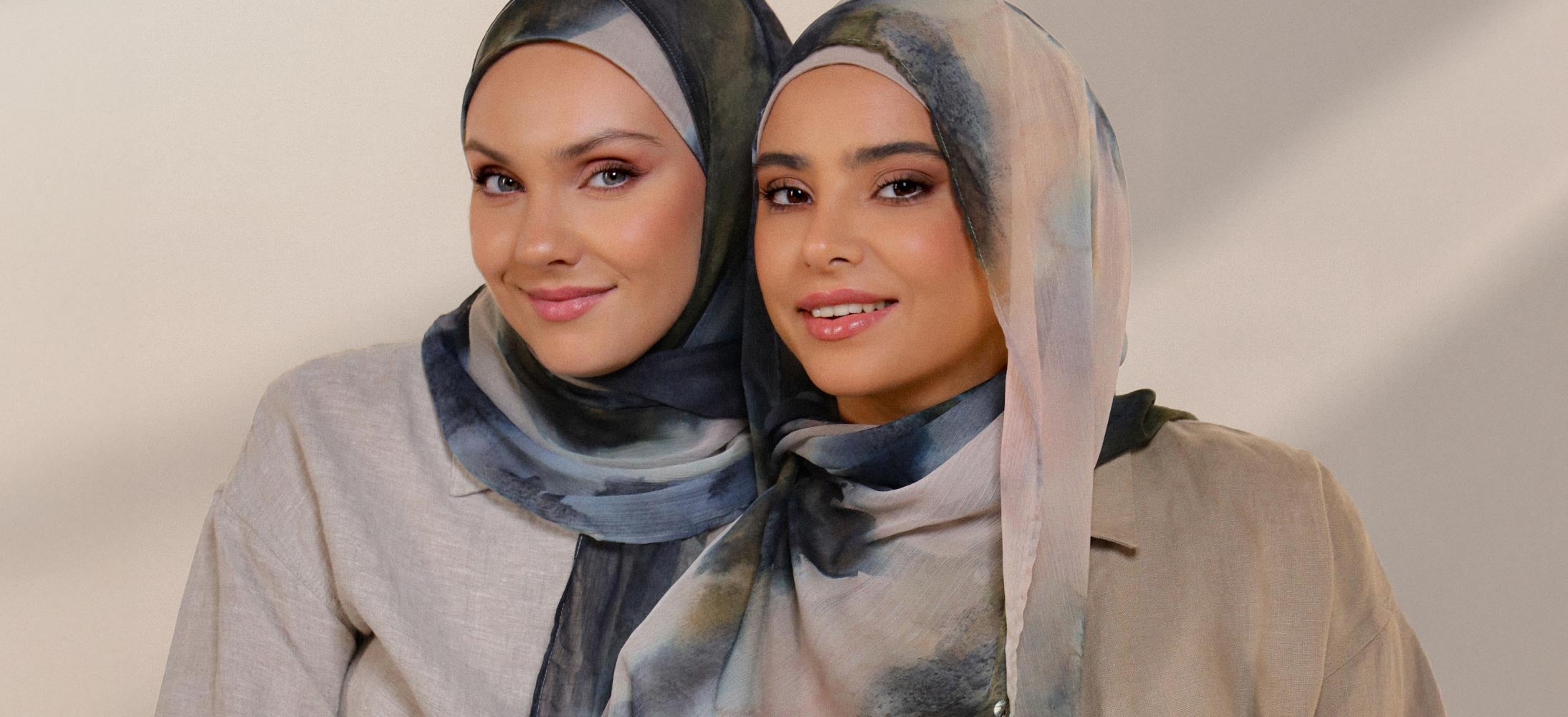
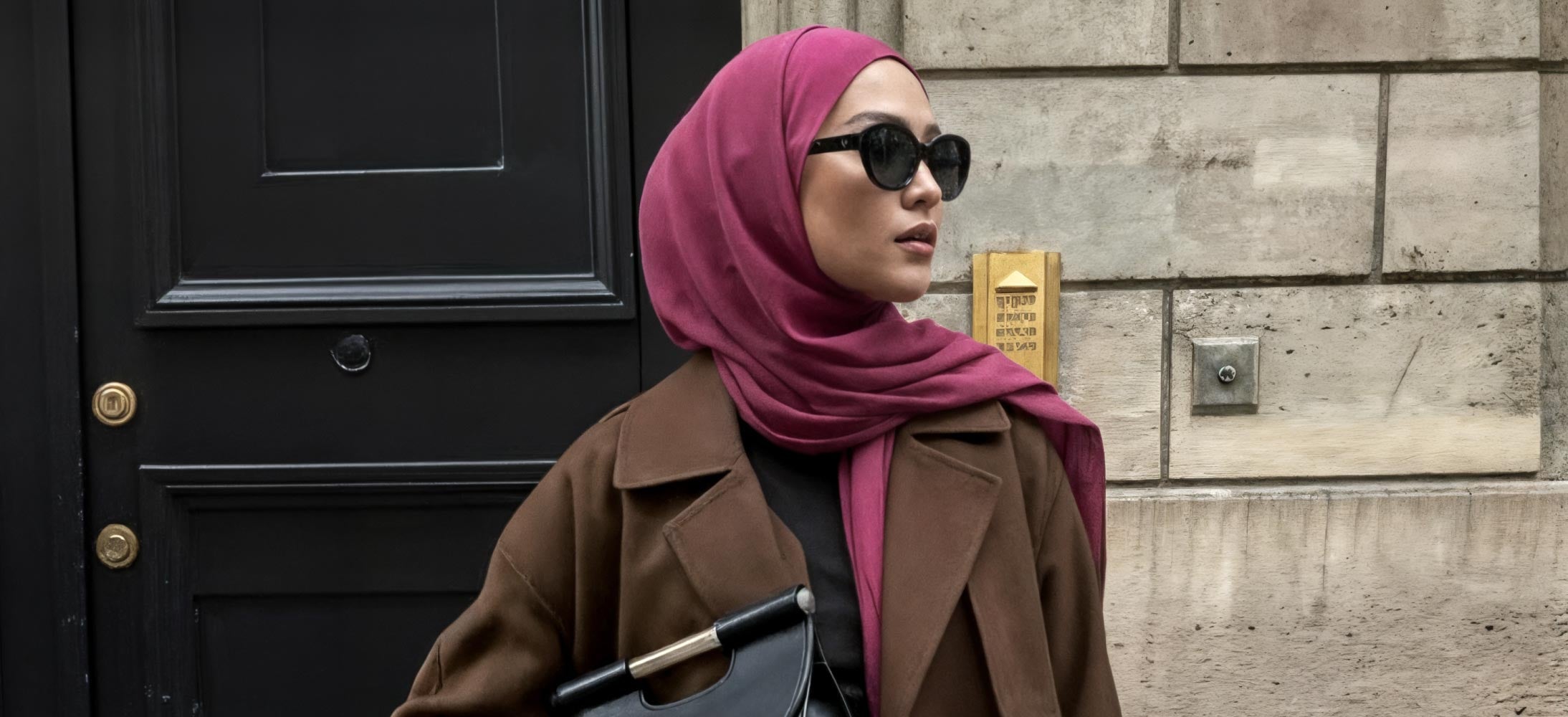
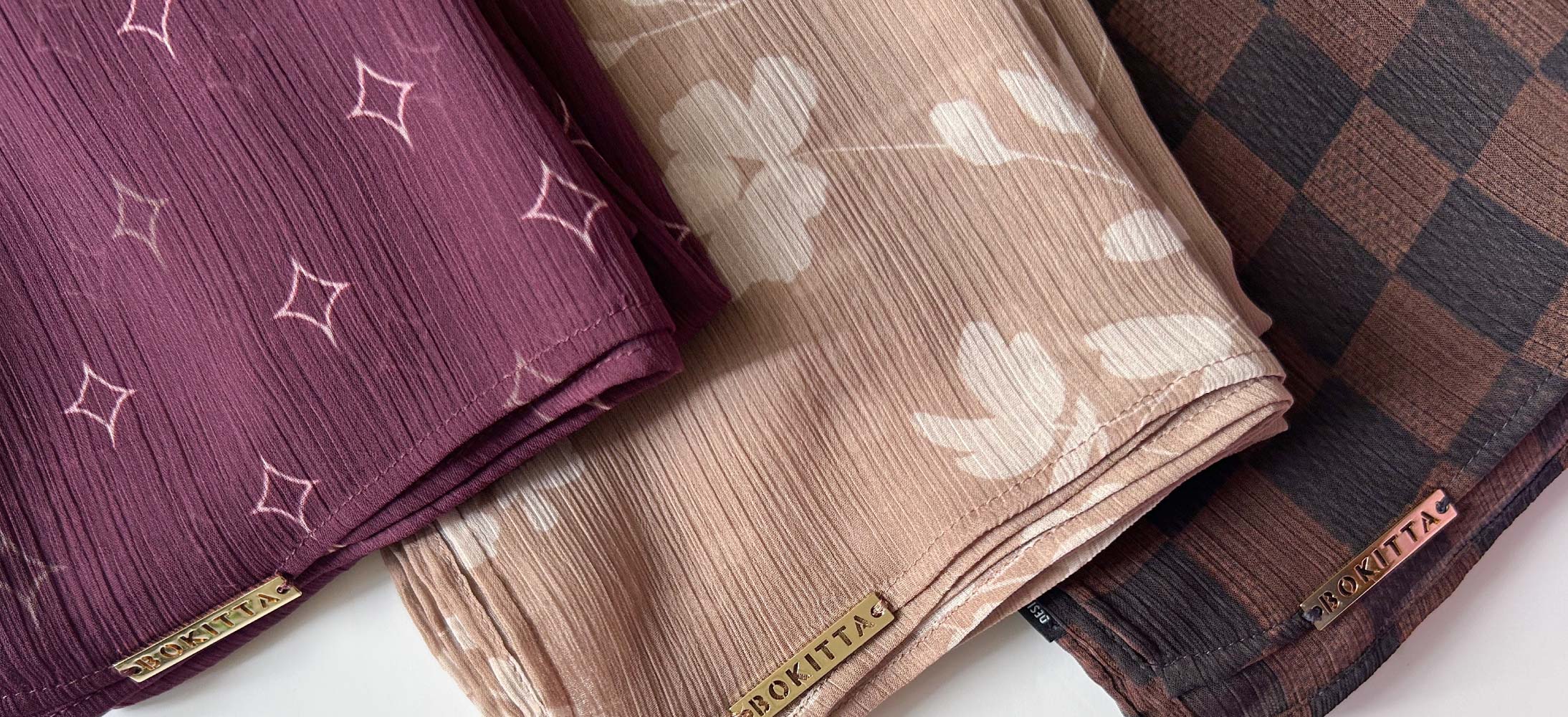
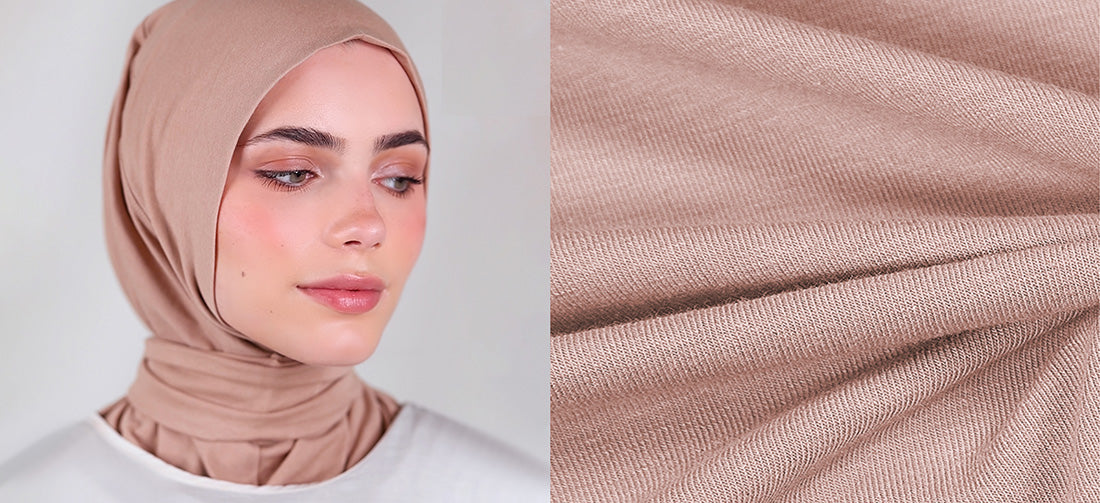
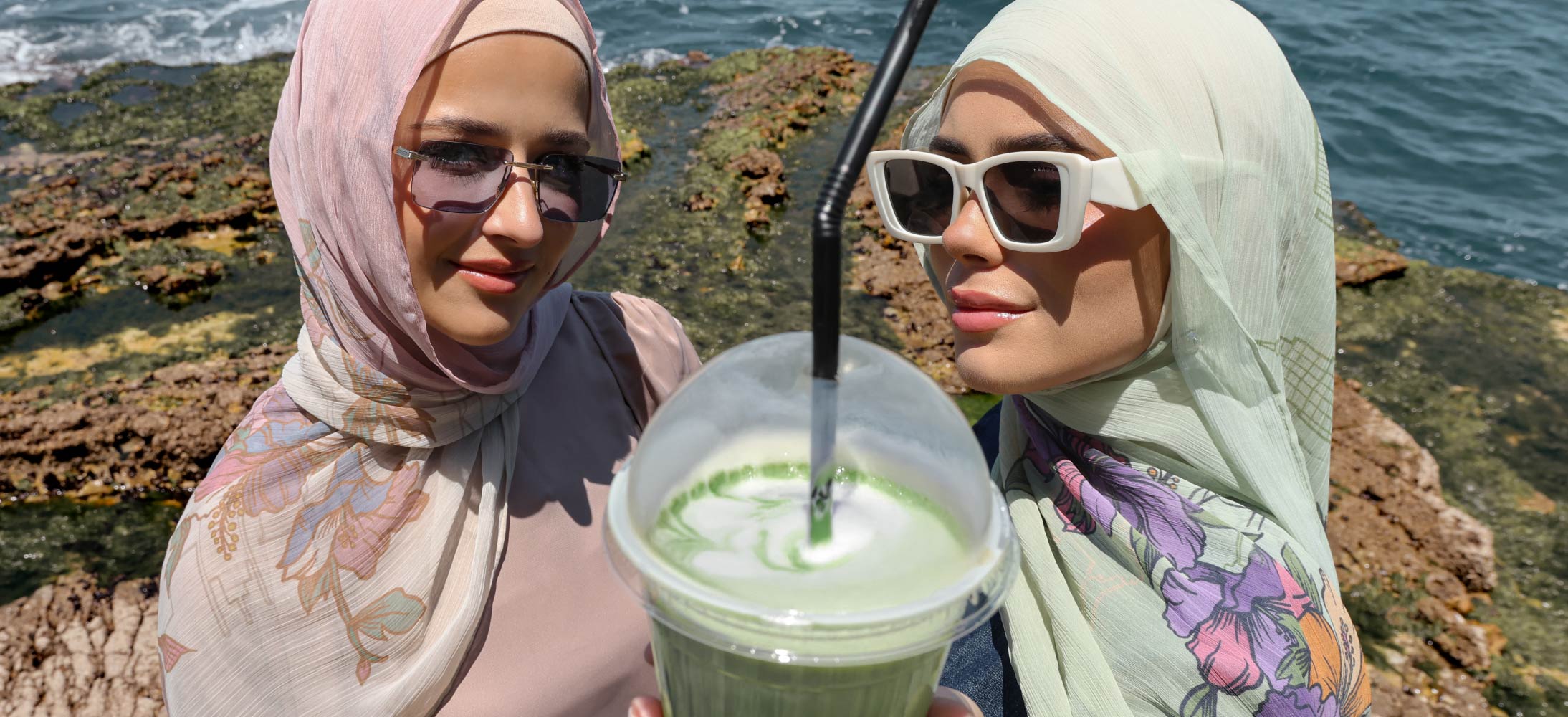

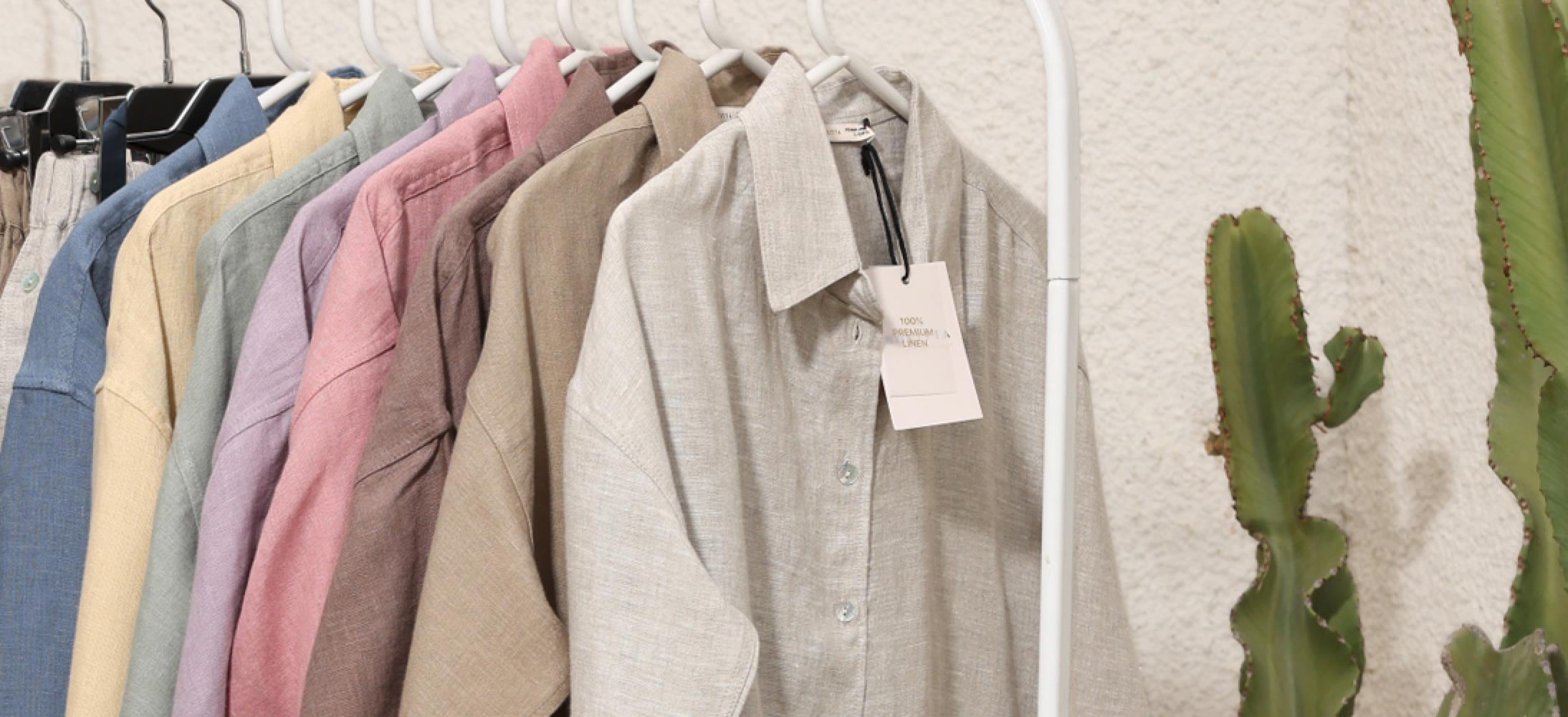
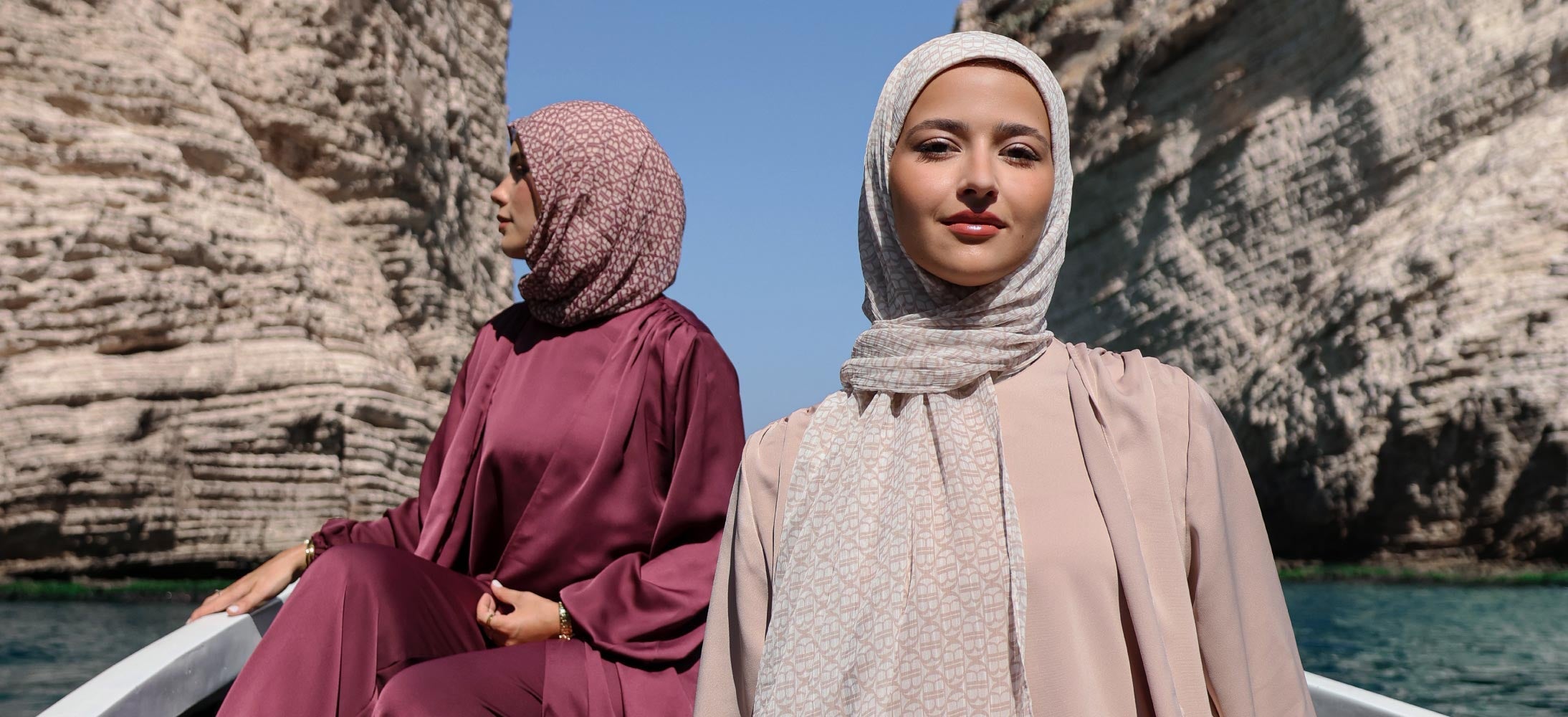
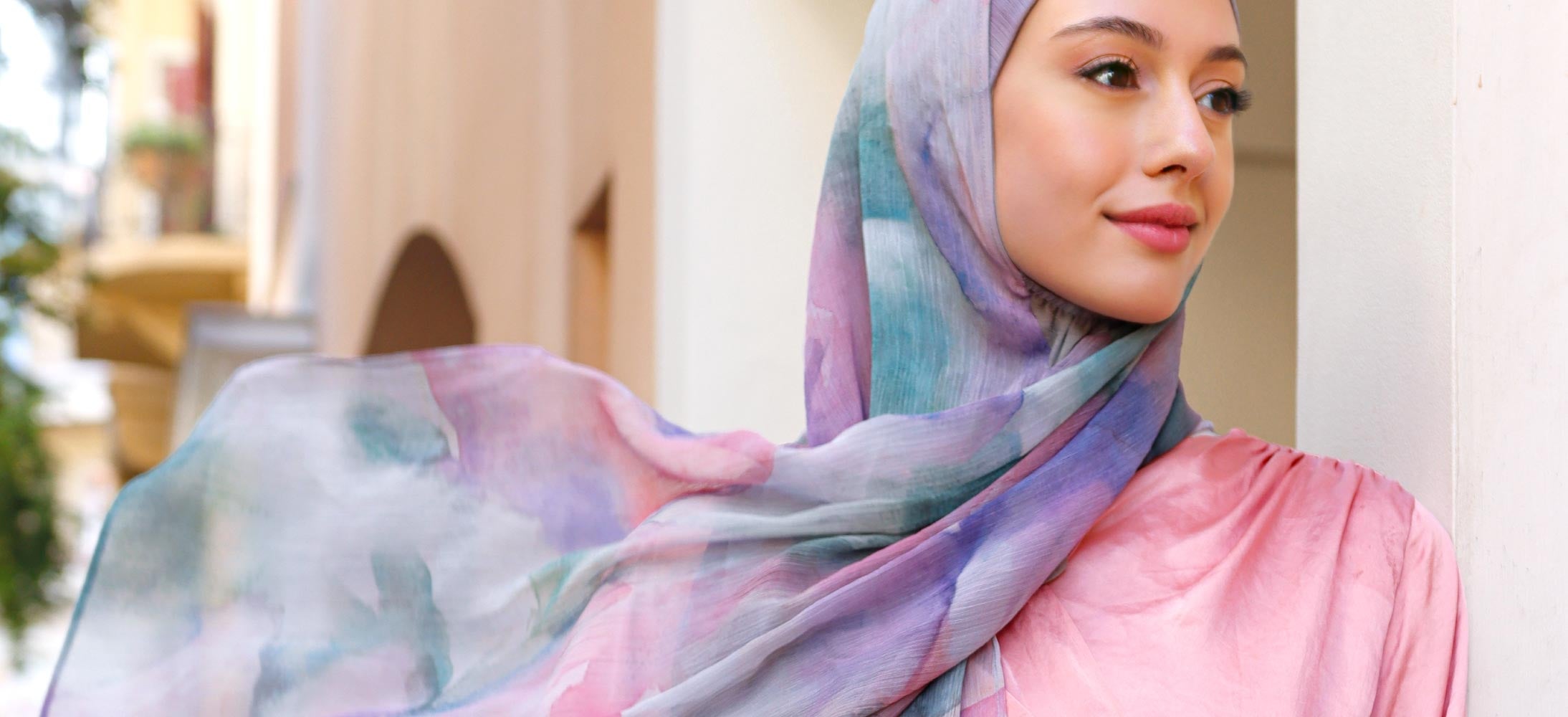
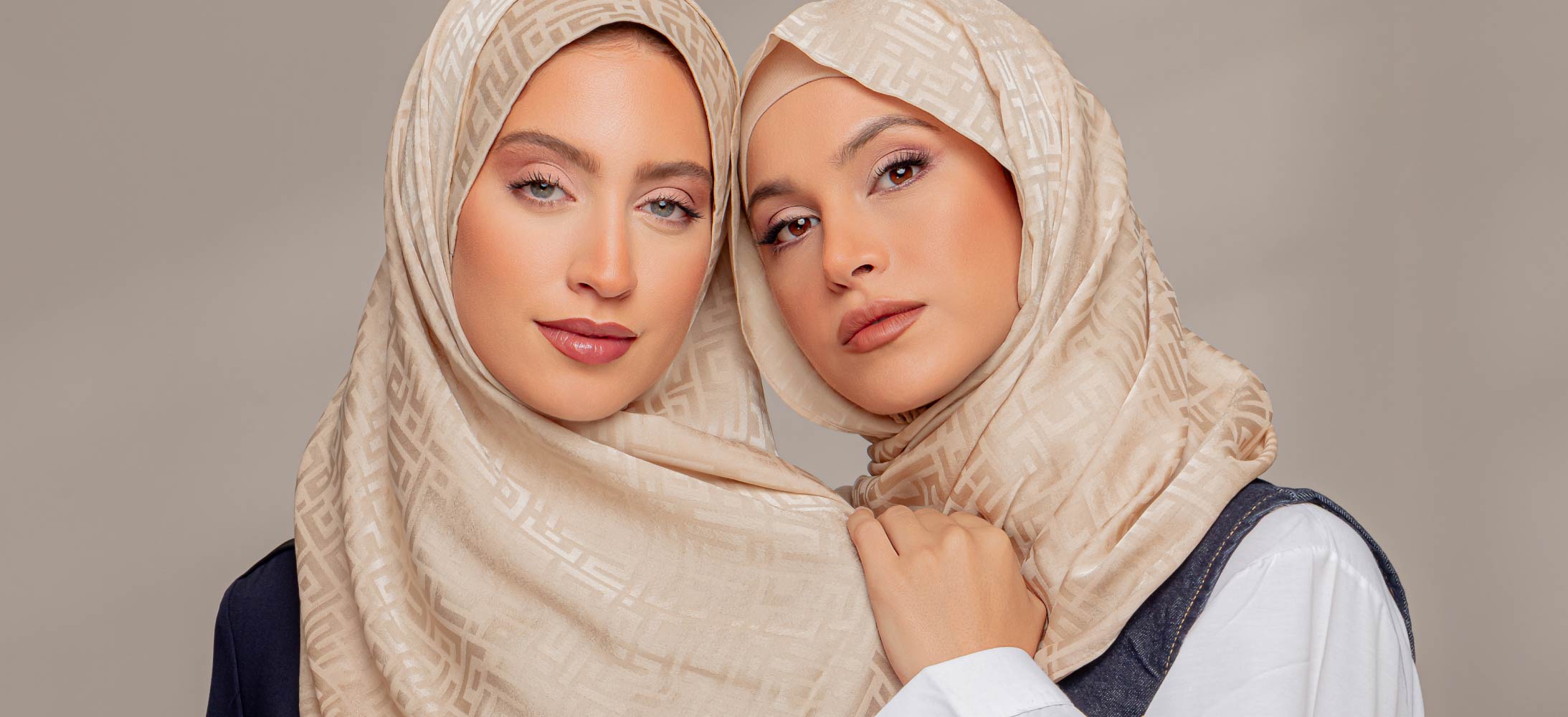
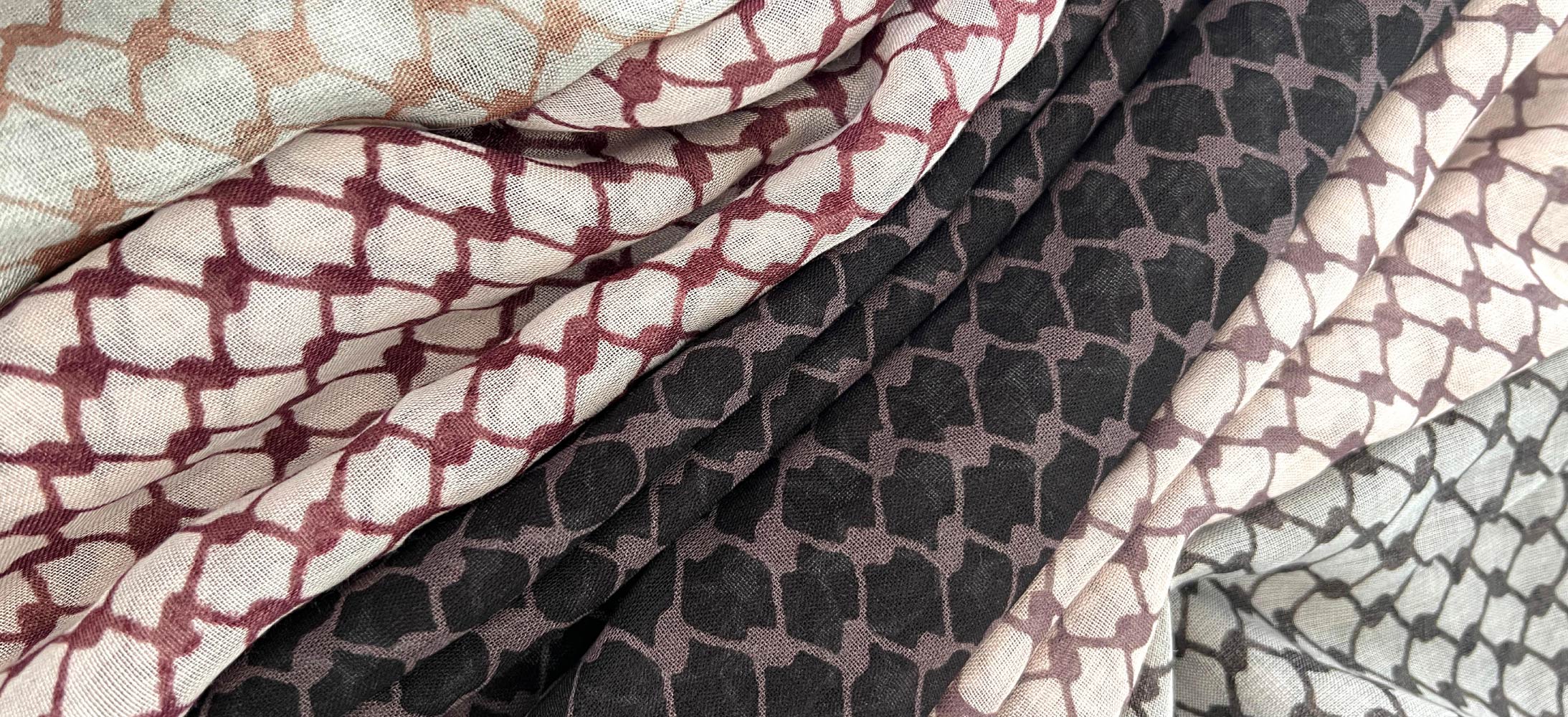


Leave a comment